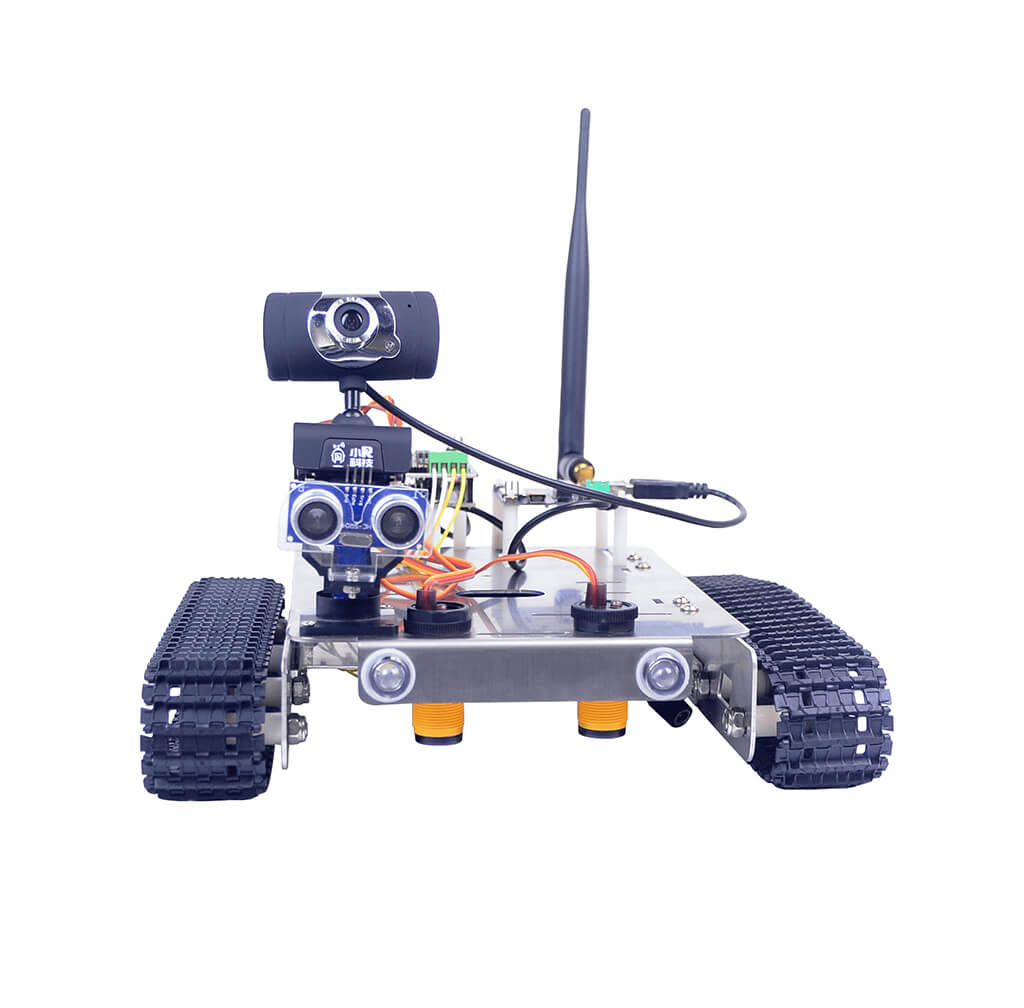Regarding Arduino, in the previous article we talked about the origin of Arduino and how to learn programming by learning Arduino.
In this issue, we focus on the differences between the two major Arduino boards, UNO and Mega2560.


Arduino UNO is the latest version of the Arduino USB interface series. The improvements are mainly in the serial port circuit part: the USB to serial port circuit part uses an ATmega microcontroller. In addition to providing the traditional USB to serial port function, it also allows users to program and define other functions. , for example, the USB port can be configured as a mouse, keyboard, game joystick, camera, etc. As the reference standard template of the Arduino platform, the processor core of UNO is ATmega. UNO has been released to the third edition. Compared with the previous two editions, it has the following new features:
1. Two pins SDA and SCL are added to AREF to support the I2C interface; IOREF and a reserved pin are added, and the expansion board will be compatible with 5V and 3.3V core boards in the future.
2. Improved reset circuit design
3. The USB interface chip is replaced by ATmega16U2 for ATmega8U2
The main upgrade of UNO is the USB to serial port module, which uses ATMEL 16U2 or 8U2 microcontroller to simulate the conversion chip, which is faster and more stable. Arduino UNO provides an automatic reset design that can be reset by the host computer. In this way, the software can be automatically reset through the Arduino software in the UNO program, without the need for a reset button.
Mega is also a 16M 8-bit microcontroller. The difference lies in the number of pins. It can connect to more peripheral devices RAM and FLASH, and can contain larger programs.
Let’s compare the performance of the two Arduino development boards:
| Arduino UNO | Arduino mega 2560 |
| Processor ATmega328 | Processor ATmega2560 |
| Working voltage 5V | Working voltage 5V |
| Input voltage (recommended) 7-12V | Input voltage (recommended) 7-12V |
| Input voltage (range) 6-20V | Input voltage (range) 6-20V |
| Digital IO pin 14 (6 of which are used as PWM output) | Digital IO pin 54 (16 of them are used as PWM output) |
| Analog input pin 6 | Analog input pin 16 |
| IO pin DC current 40 mA | IO pin DC current 40 mA |
| 3.3V pin DC current 50 mA | 3.3V pin DC current 50 mA |
| Flash Memory 32 KB (ATmega328, of which 0.5 KB is used for bootloader) | Flash Memory 256 KB (ATmega328, of which 8 KB is used for bootloader) |
| SRAM 2 KB (ATmega328) | SRAM 8KB |
| EEPROM 1 KB (ATmega328) | EEPROM 4KB |
| Operating clock 16 MHz | Operating clock 16 MHz |
We can see that the mega uses ATmega2560, which has more pins and flash memory.
Below are two GFS crawler-type smart cars using Arduino UNO and Arduino mega2560 respectively. The difference between the two is that the Arduino mega2560 smart car is equipped with a mechanical arm, which adds more operability. It is also because of the multi-input of Arduino mega2560. The feet thus add a lot of expandability.



